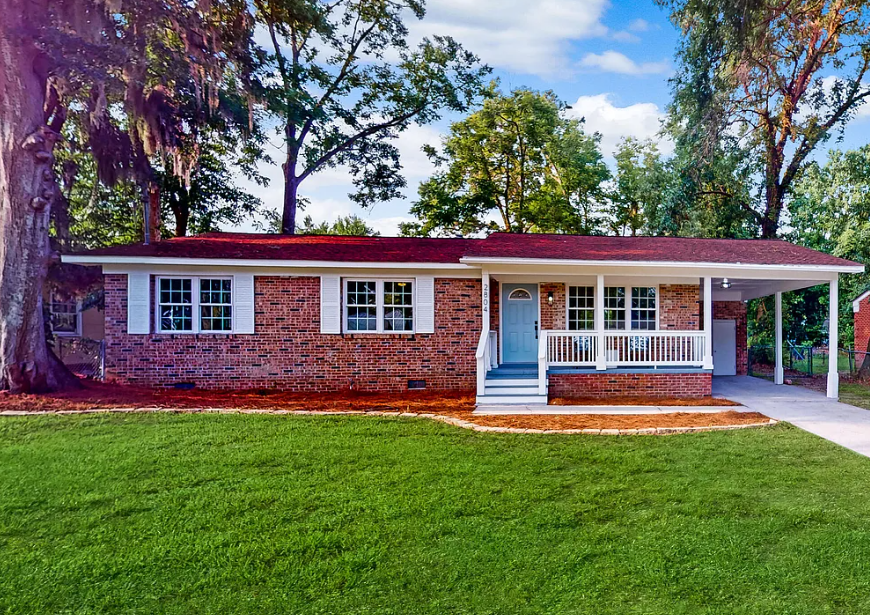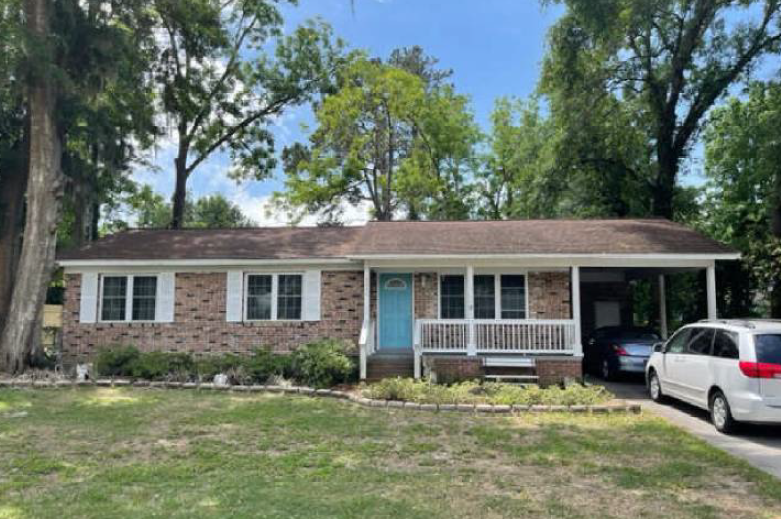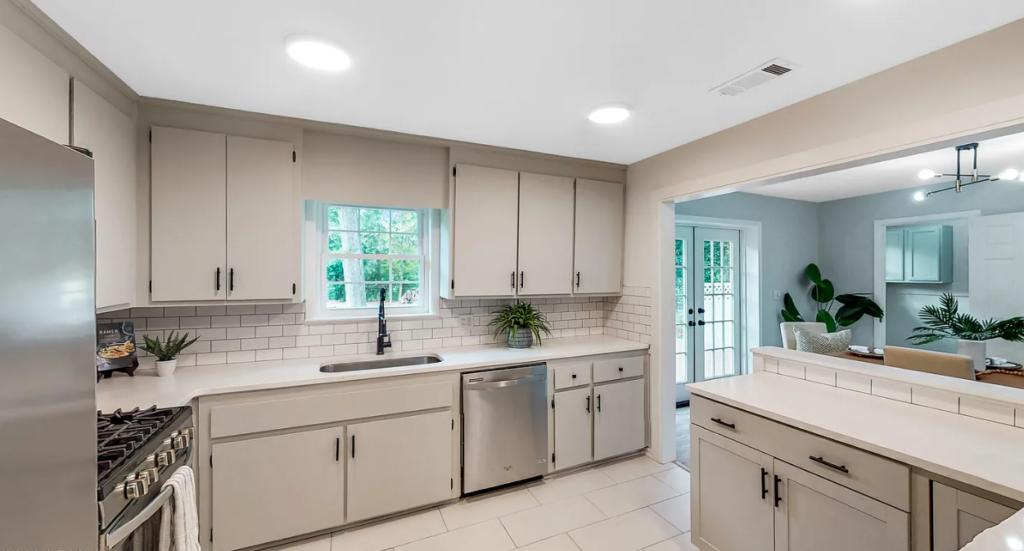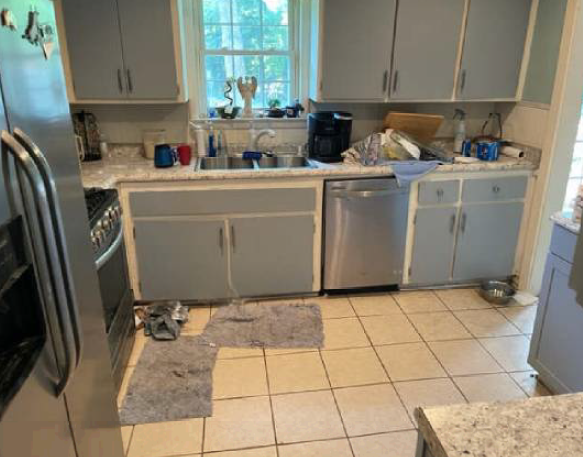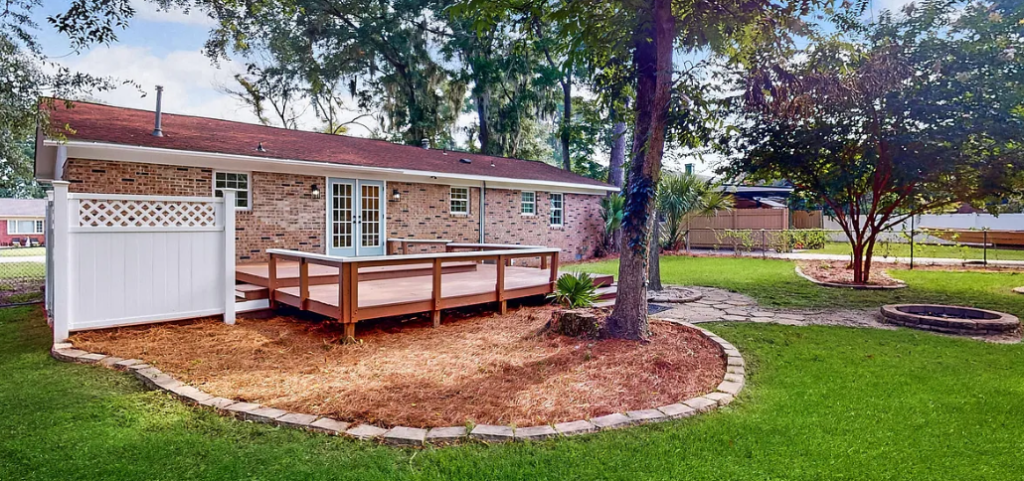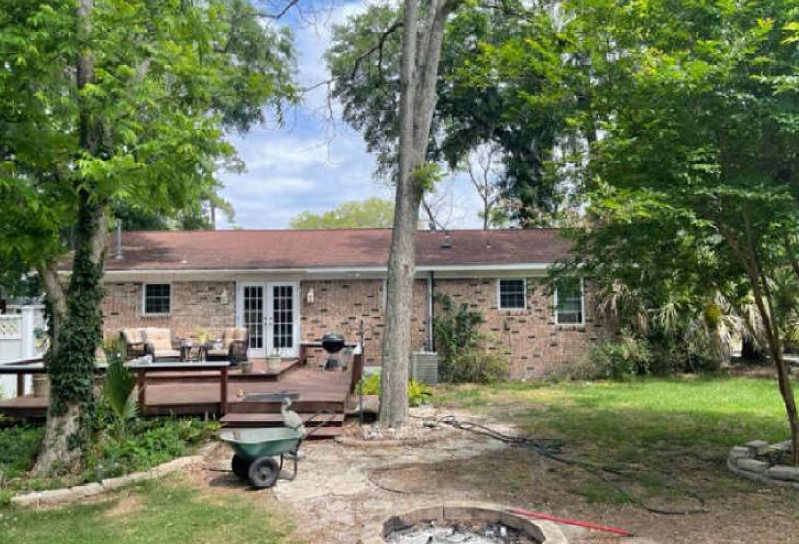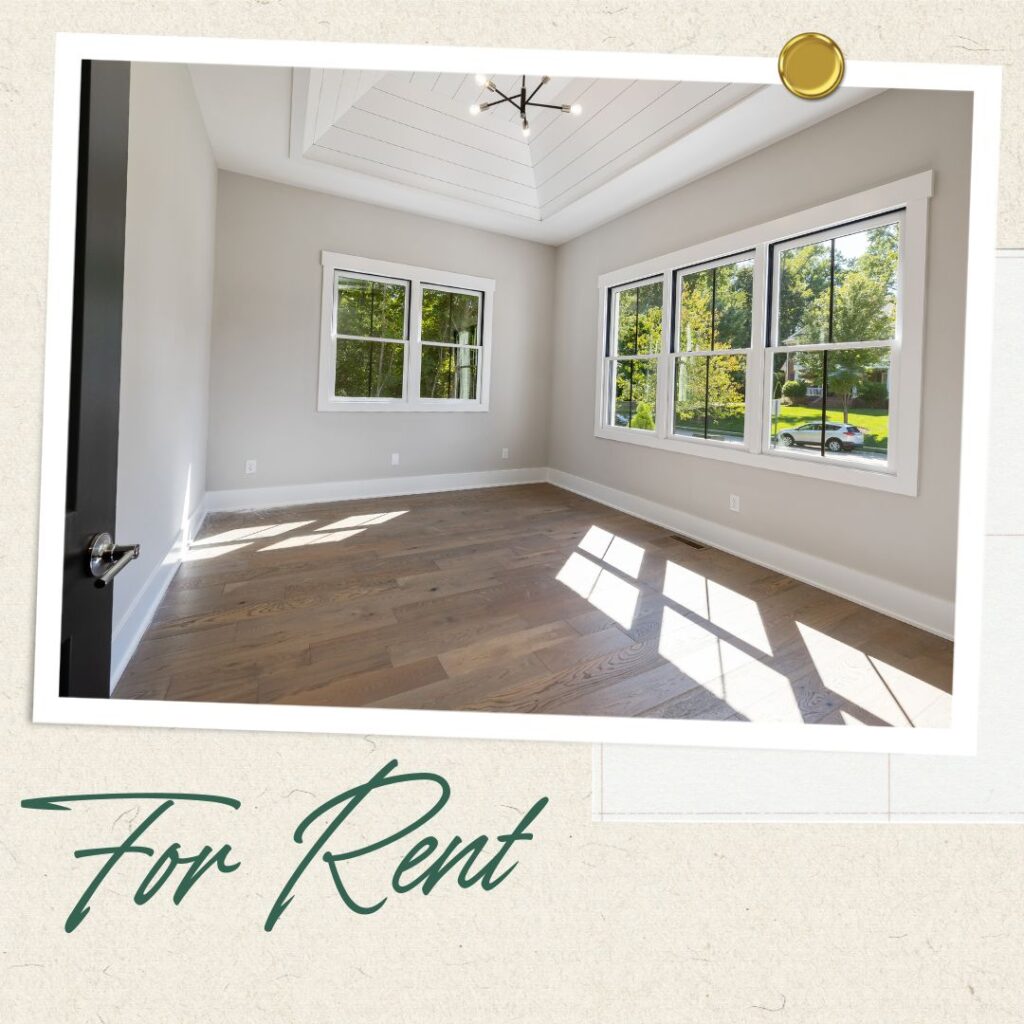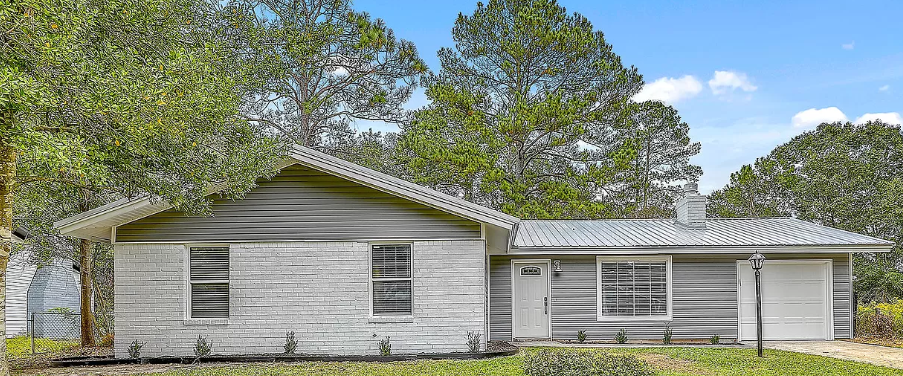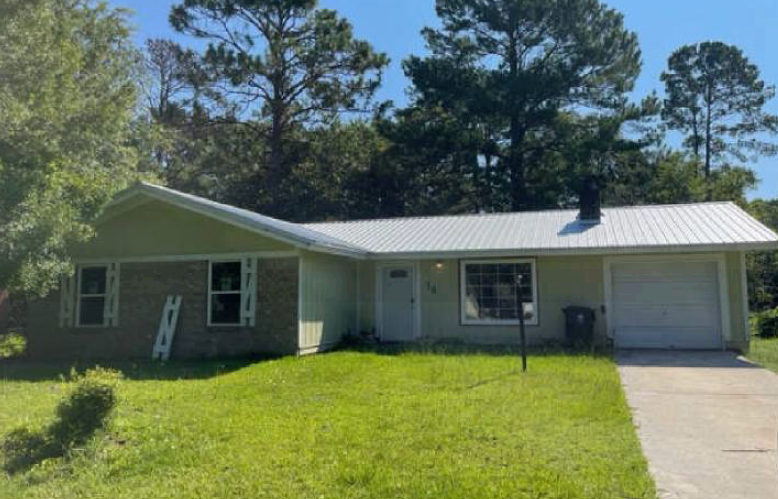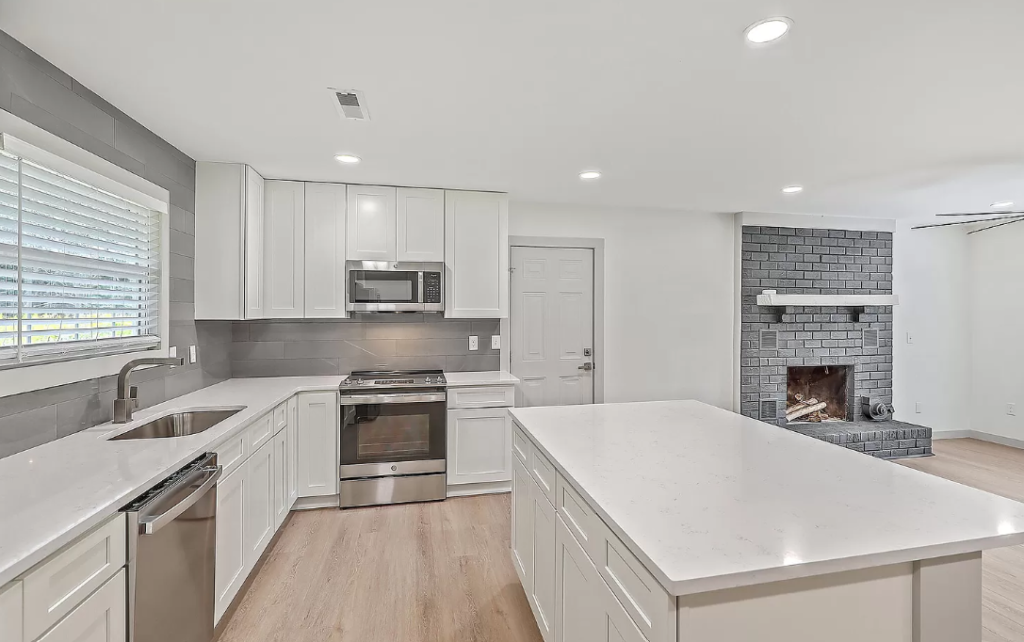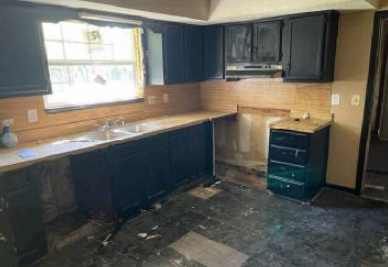Flipping houses can be a lucrative venture, but as any experienced investor knows, it’s all about making the right moves to boost your profits. Whether you’re a seasoned pro or just starting out, understanding how to maximize your return on investment (ROI) is key to ensuring your success.
Here are three essential strategies that can help you get the most out of your next fix-and-flip project:
1. Buy Below Market Value
One of the most effective ways to maximize profit on a fix-and-flip is to purchase properties below market value. This gives you instant equity and builds in a safety net in case of unexpected costs during renovation. To find deals, look for distressed properties, foreclosures, or homes that have been on the market for an extended period.
Remember, the less you pay upfront, the more room you have for improvements—and ultimately, profit.
Pro Tip: Build strong relationships with real estate agents and wholesalers to get first dibs on off-market deals or pocket listings. You can also attend auctions or keep an eye on foreclosure sales for more opportunities to snag a deal.
2. Prioritize High-ROI Renovations
Not all renovations are created equal when it comes to adding value to a property. To maximize your return, focus on the areas that matter most to buyers. The kitchen, bathrooms, and exterior curb appeal are the big three when it comes to high-ROI upgrades.
Simple upgrades like a fresh coat of paint, modern fixtures, and updated flooring can make a big impact without breaking the bank. Avoid over-improving the property for the neighborhood, as this can cut into your profits.
Pro Tip: Before starting the renovation, assess the “comps” (comparable sales) in the area. This will help you determine what buyers expect and what level of upgrades will help you stand out without overspending.
3. Manage Time Efficiently
Time is money, especially in the fix-and-flip world. The longer your project takes, the more you’ll pay in holding costs such as loan interest, insurance, utilities, and property taxes. A well-planned, fast-moving renovation can make a huge difference to your bottom line.
Make sure to create a realistic project timeline and work with contractors who are dependable and efficient. One of the best ways to save time is to have financing in place quickly, so you can close the deal and start renovations right away.
Pro Tip: Low Tide Private Lending offers fast, flexible financing, often closing in 10 business days or less. The quicker you get the property in your name, the sooner you can get to work on those high-ROI upgrades.
The Bottom Line
Maximizing your profit on a fix-and-flip requires a strategic approach to purchasing, renovating, and managing your time. By following these tips, you’ll be well on your way to flipping success. And remember, Low Tide Private Lending is here to help streamline the financing process, so you can focus on what you do best—transforming properties and boosting your profits.
Ready to start your next project?
Contact Low Tide Private Lending today to learn how we can help with fast closings and flexible financing!

